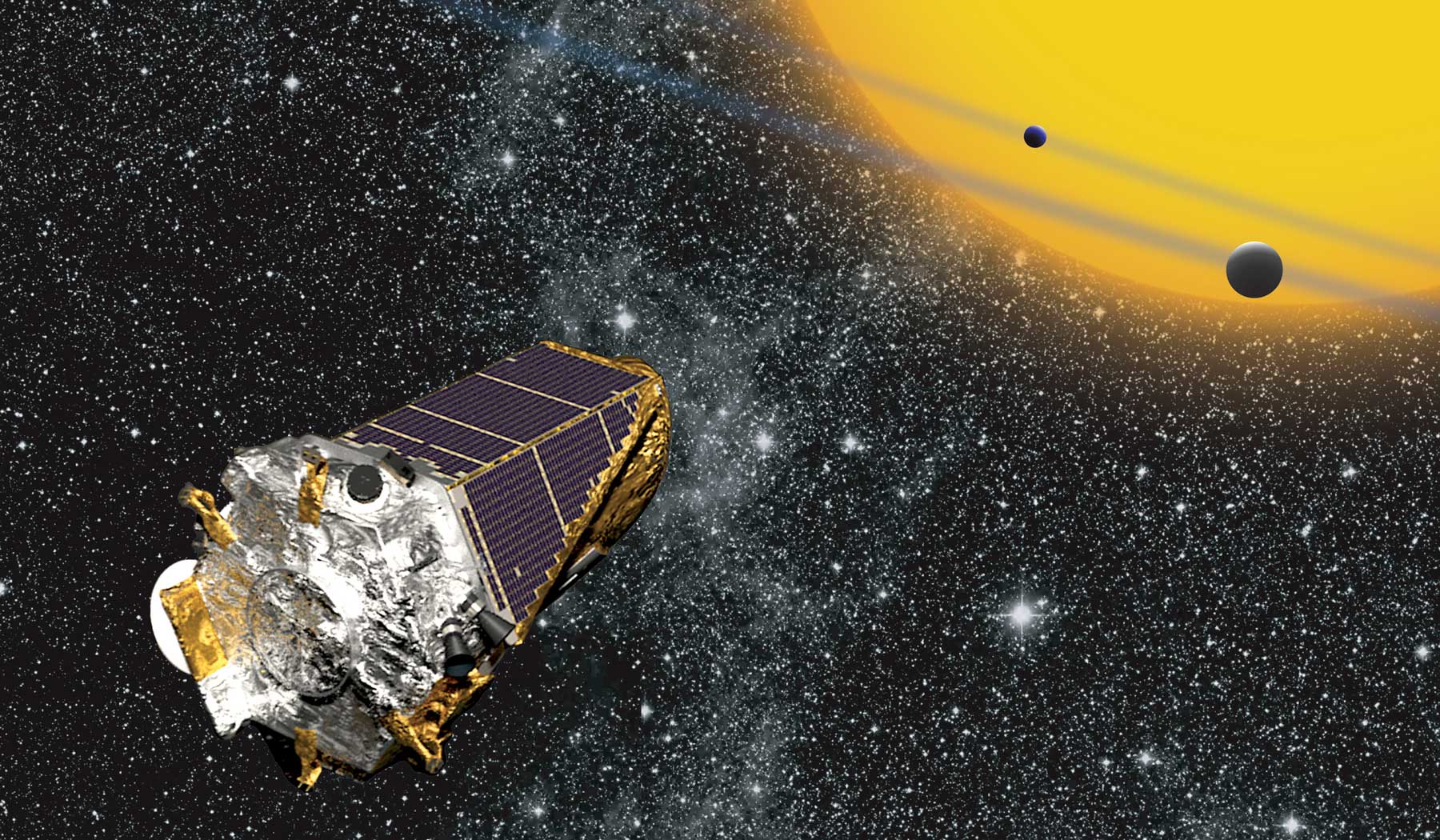A fever of excitement and possibility erupted in July after NASA announced its discovery of Kepler-452b, a planet that brings us closer than ever before to finding an Earth-like world capable of sustaining life.
The planet was discovered by the Kepler mission, a project to survey our neighborhood of the Milky Way for Earth analogs, or planets sharing certain characteristics with ours. The original Kepler mission collected data from 2009 to 2013, using an extremely precise "photometer,” or light sensor. By measuring a star’s brightness, it is possible to detect planets based on the dimming effect caused when they pass over the star’s surface. Combined with information about the star’s size and age, these measurements can yield information on the planet’s radius, orbit time, and the amount of radiation it receives.
What does that data have to do with finding a second Earth? It turns out the third rock from the sun is such a great place to live for precisely that reason—its proximity to the sun. Earth orbits within the sun’s habitable zone, so it receives enough heat to keep water in its liquid form and provide energy to its inhabitants. The size of the planet is also important because it can indicate the planet’s geologic composition and atmosphere; too big, and the planet is in danger of becoming an inhospitable gas giant.
Kepler-452b falls neatly into line with those criteria. Its diameter is 60 percent larger than Earth’s, which means it likely has a rocky surface. It takes 385 days to orbit its parent star Kepler-452, and it is only 5 percent further from the star than the distance between Earth and the sun. This places Kepler-452b very comfortably in the habitable zone, although researchers aren’t yet able to determine whether there is liquid water on the planet.
 |
As for the parent star, Kepler-452 has the same temperature as our sun, but is 1.5 billion years older, 20 percent brighter and 10 percent larger.
"It’s awe-inspiring to consider that this planet has spent 6 billion years in the habitable zone of its star; longer than Earth. That’s substantial opportunity for life to arise, should all the necessary ingredients and conditions for life exist on this planet,” said Jon Jenkins, a lead data analyst, in a NASA press release.
So far, the Kepler mission has confirmed 12 candidates for Earth-sized planets located in the habitable zone of their parent stars. As data analysis continues, scientists are confident that the majority of the nearly 4,700 candidates spotted by Kepler will turn out to be similarly promising.
So what next? NASA is planning missions to learn more about these intriguing planets and find out just how habitable they are. TESS, a planet-hunting satellite, will launch in 2017 and hopefully provide more information on the mass and atmospheres of the candidates. Next, the James Webb Space Telescope should reveal even more details about these worlds, from their weather and seasonal patterns to the presence of vegetation. Although there’s still a long way to go before we can send probes to check out these distant planets, this new information will help us predict which are most likely to harbor life.








Facebook comments